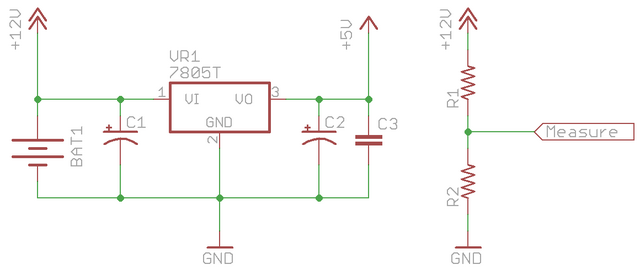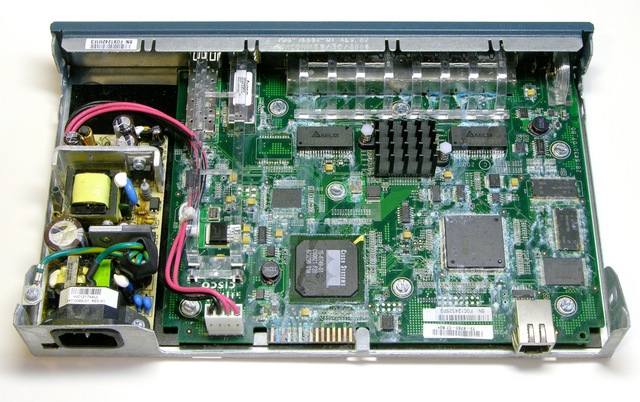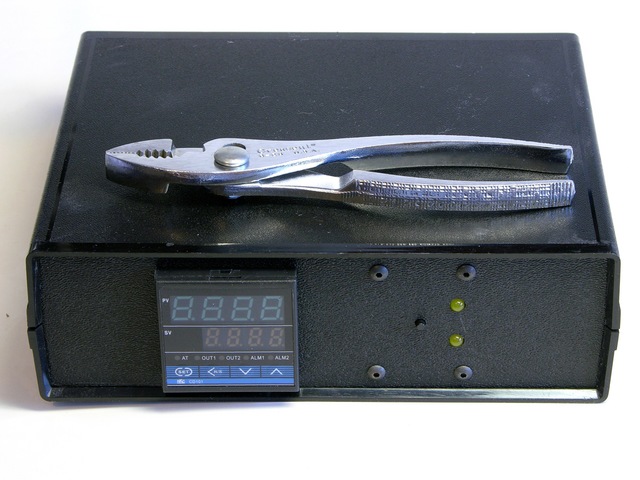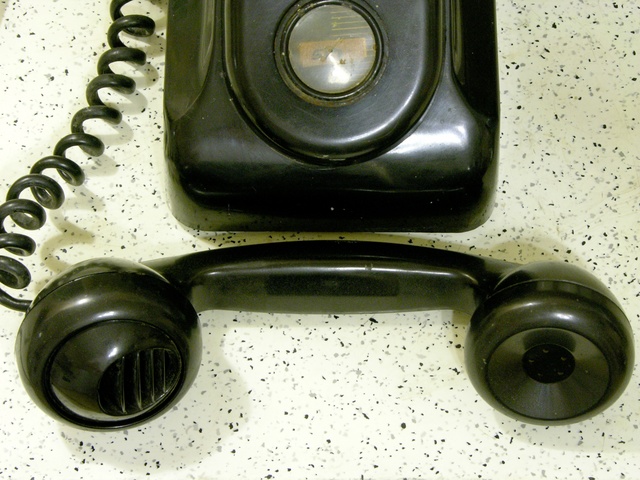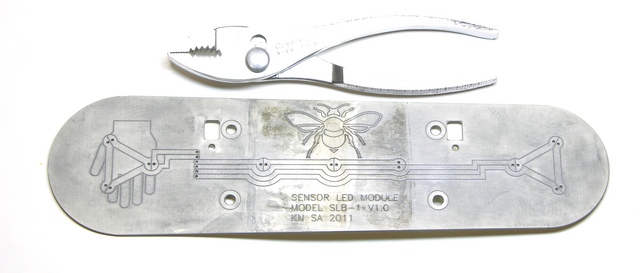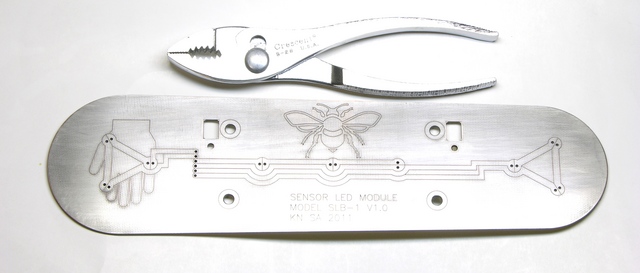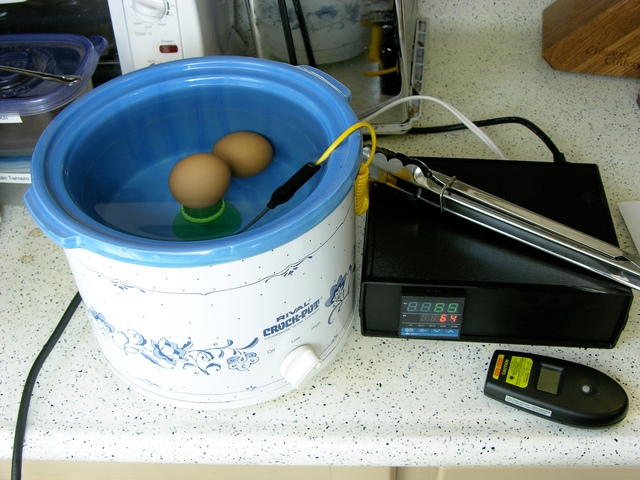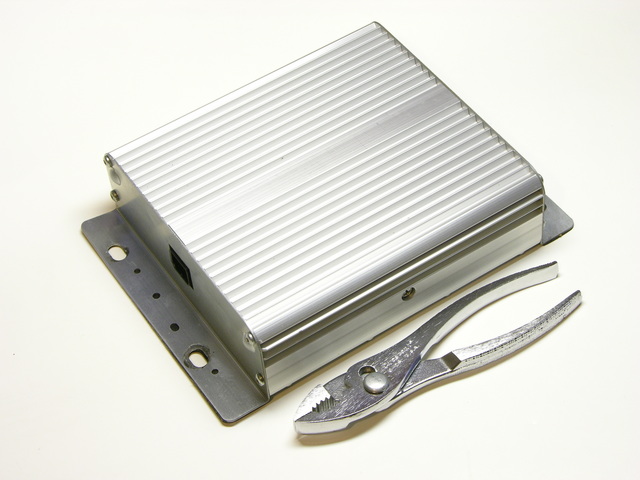I’ve been in Anaheim, California for a conference this week, and I had the happy opportunity over the weekend to drive down to San Diego and meet in real life a couple of long-time blog friends, Scott and Ben.

I knew I was in the right place as soon as I looked out my hotel window.
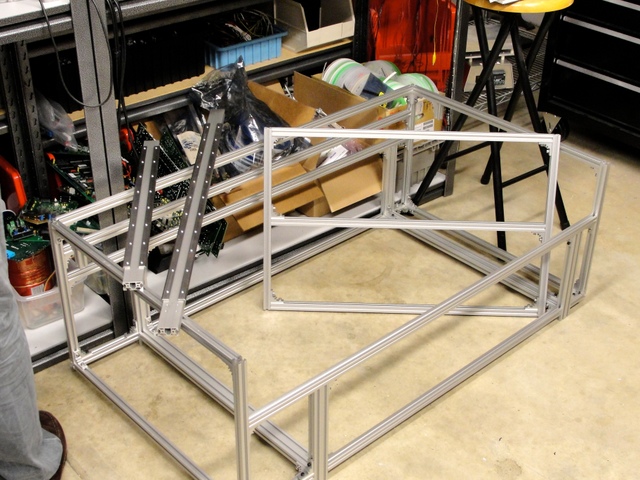
Scott is building a copy of bdring’s DIY laser cutter, which looks fantastic. Over the weekend Scott was assembling the sleds that transport the mirror over the workpiece. It’s a very nice design — everything is modular and everything is adjustable.
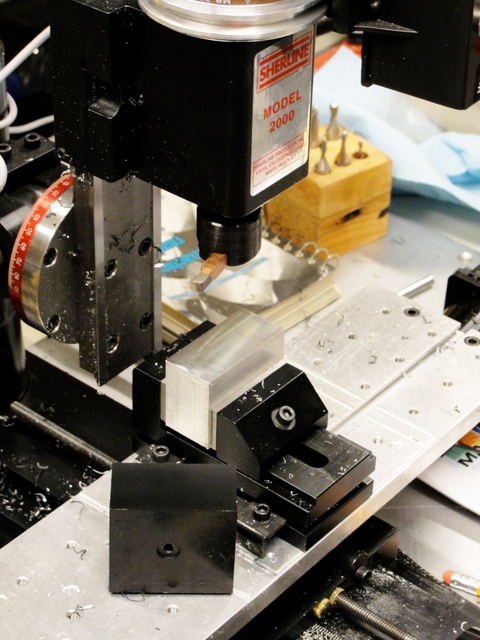
Scott and his machining mentor Peter generously demonstrated milling techniques on Scott’s Sherline mill. Shown is a fly cutter that was just used to smooth the surface of delrin and aluminum blocks. Although it’s not mirror-shiny, I was impressed at how easy it is (with the right cutting and feed rates) to clean up a face. Peter also demonstrated the use of an edge-finder to precisely position a hole drilled into the edge of an acrylic plate for the laser cutter.
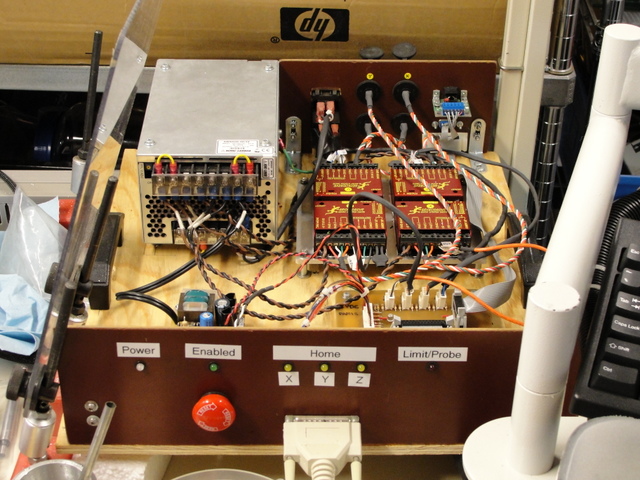
Scott’s mill came CNC-ready with mounts for stepper motors on all of the axes. Scott designed and built his own interface between the PC’s parallel port and the stepper controls, adding indicator lights and the all-important stop button.

California is full of things I’ve never seen before, like lemons on trees
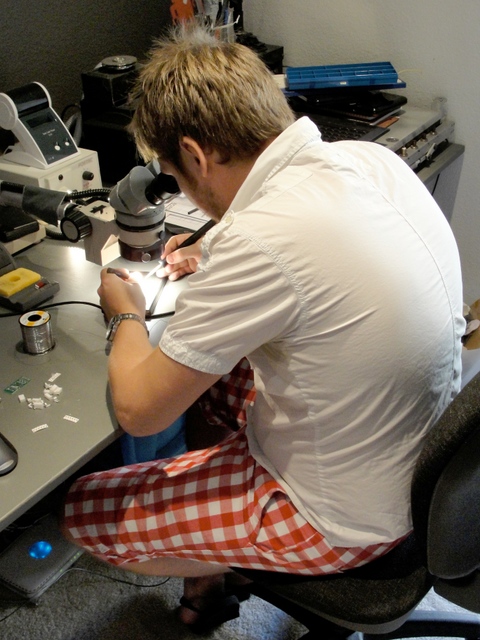
and people other than me
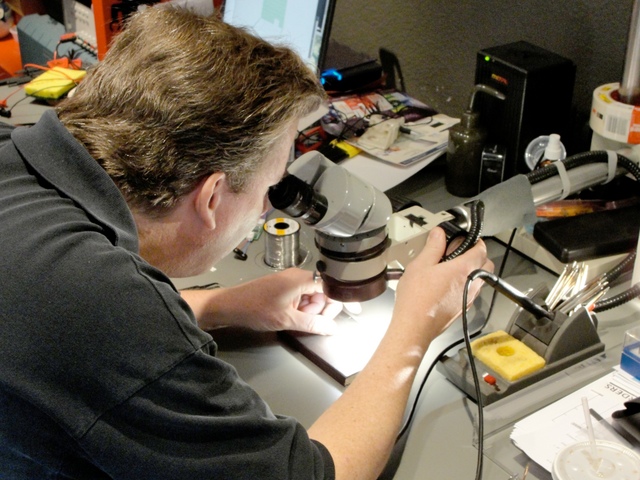
soldering together EasyBrights. I don’t have the microscope, though, so I don’t have to make the squinty face.
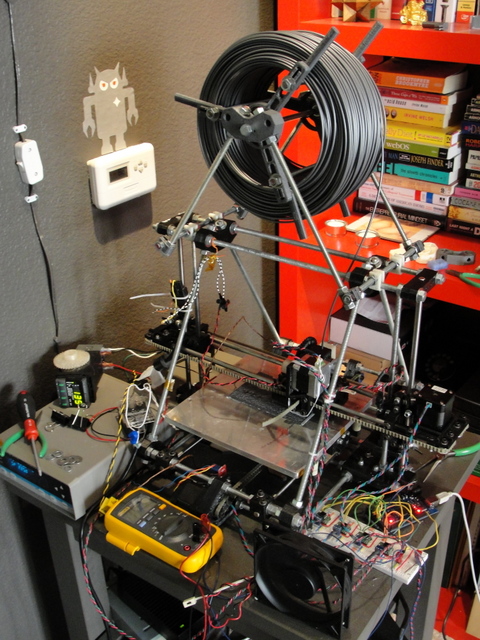
Scott and Ben have both been interested in my progress (and lack of usable results) on my MakerBot CupCake and Ben had just finished assembling a RepRap Mendel when I arrived. It’s much more interesting in person than any picture or video I’ve seen has captured. Compared to the CupCake, it’s incredibly smooth, quiet, precise, and easy to calibrate. On day two, Ben was already churning out prints I envied.
Between Scott’s mill, Ben’s RepRap, and Scott’s laser cutter, they’re set to prototype just about anything. I did suggest that Scott should build a water-jet cutter next, but he wasn’t having any of that. I may need some time to warm him up to the idea.

We paid a visit to Fry’s Electronics, a legendary California electronics components and computer retailer. Although they’ve transformed into primarily a big-box electronics store, I was still impressed with their hobbyist / components section, including a larger variety of project boxes than I’d seen in one place and a good selection of components, including SMT passives, right there on the rack for the buying.

Back at Scott’s house, his wife Min was practicing her guqin, a Chinese instrument you may remember from a Jet Li movie. Having been raised listening almost exclusively to western music (“We have both kinds!” — no, not that western music), I found its tuning even more unfamiliar than that of the guitar — it’s not tuned in regular intervals.

To top it all off, we had time to wander down to the beach for a California sunset. Thanks, Scott, for an excellent visit with good electronics, great food, and local sights!
